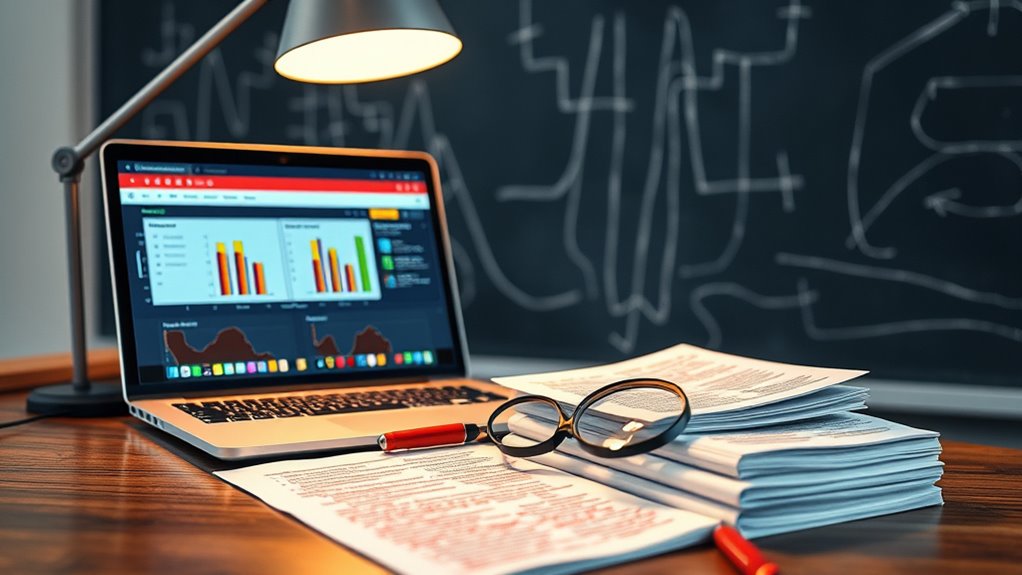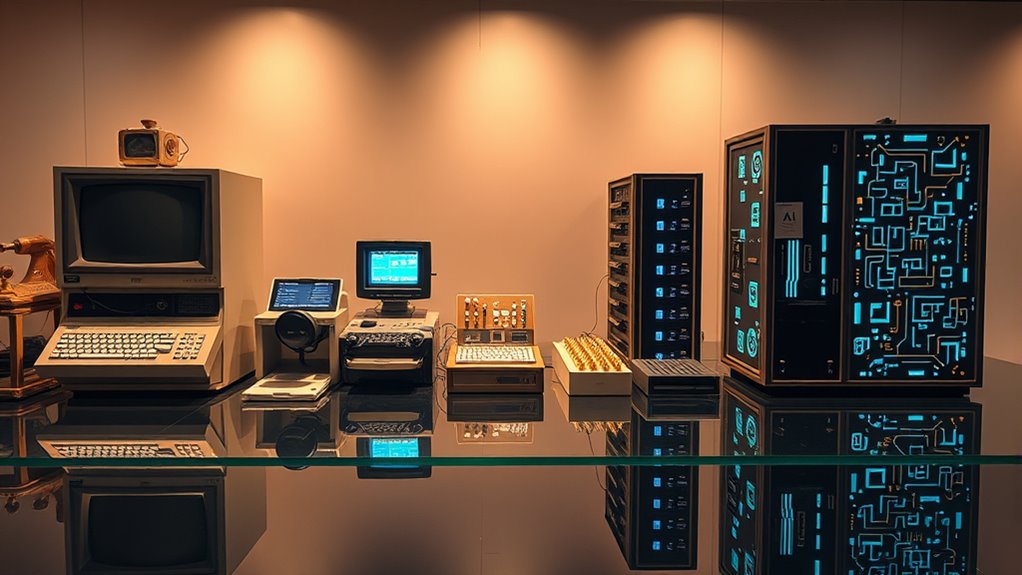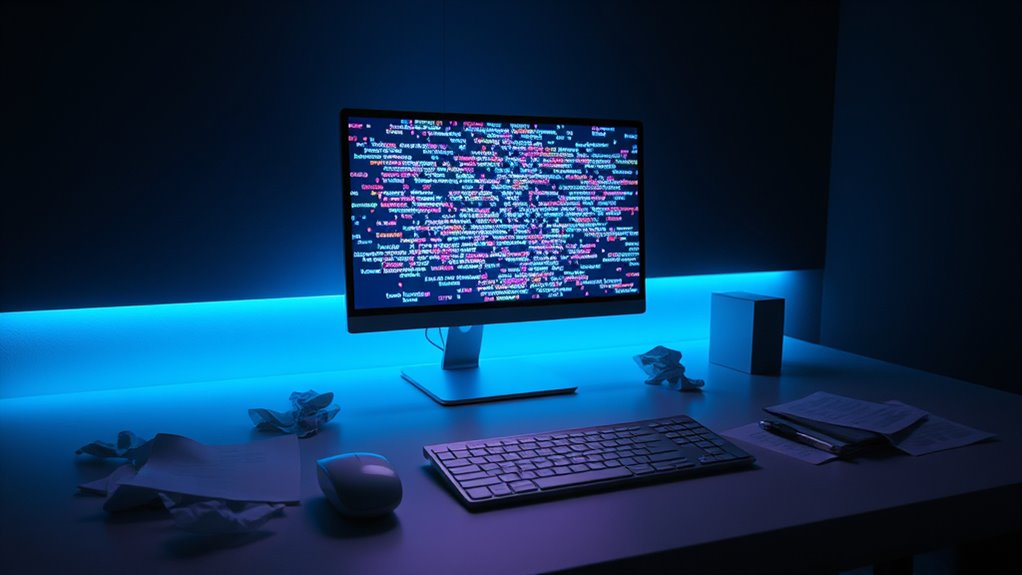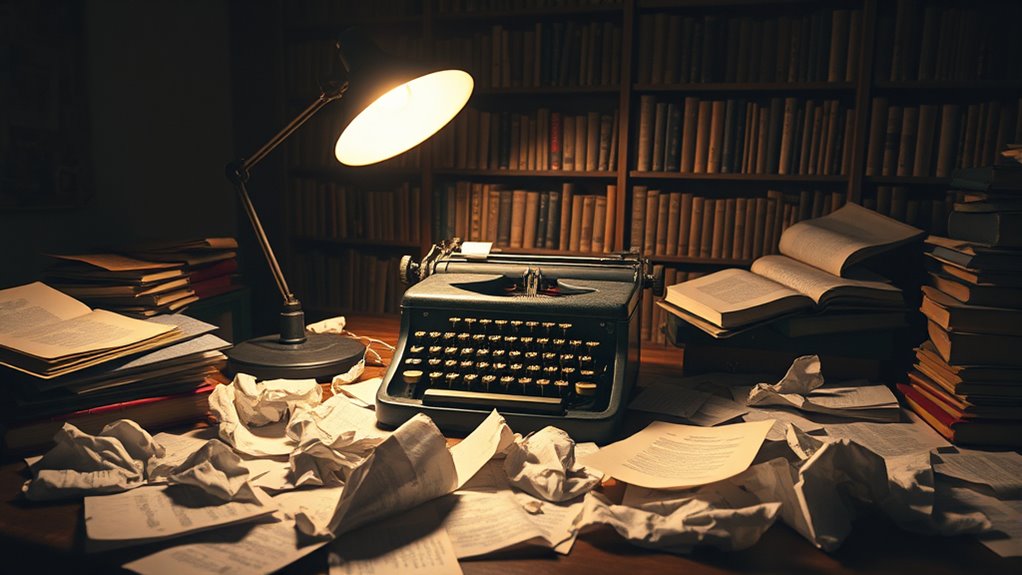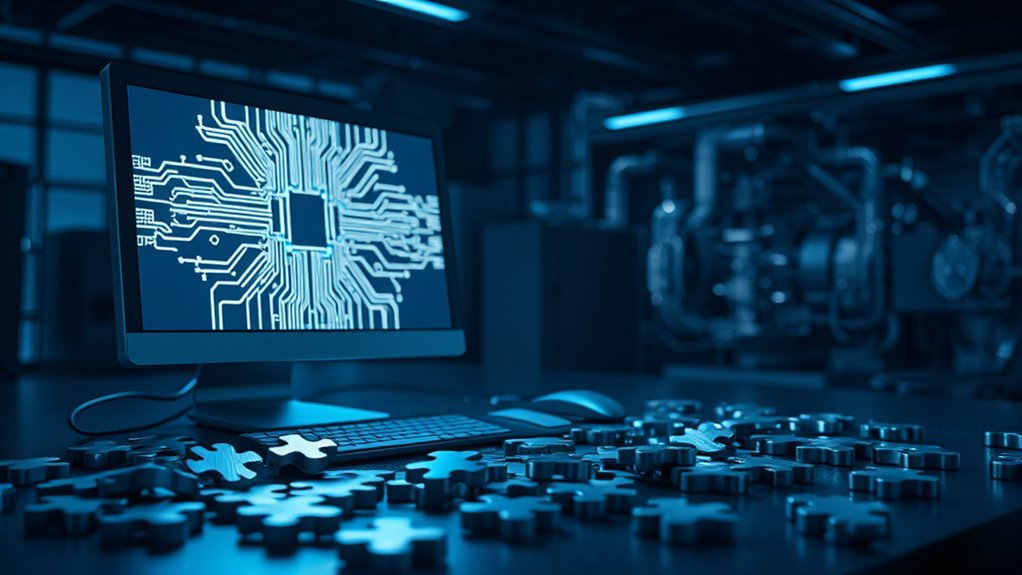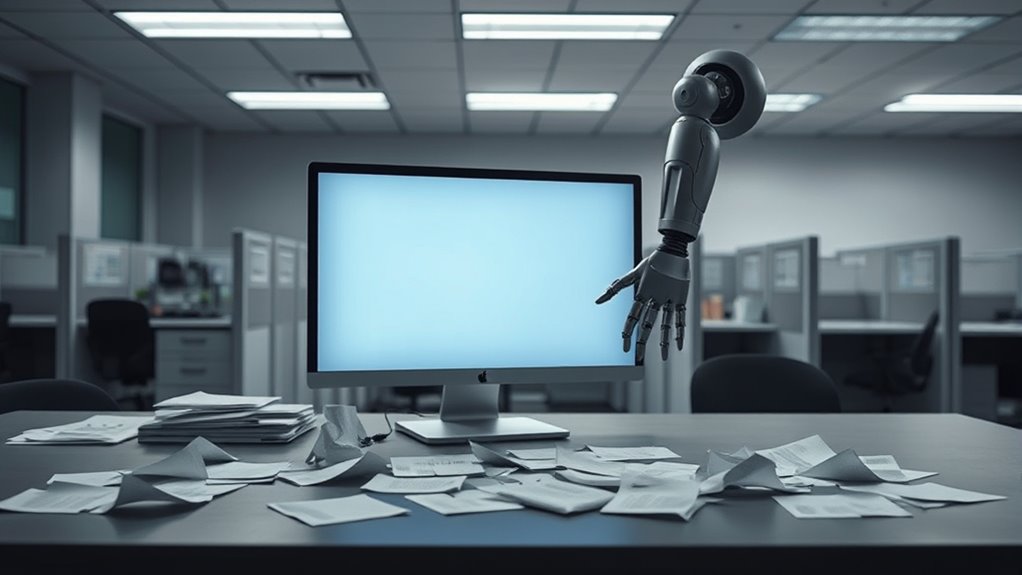As technology advances, teachers are facing new challenges in maintaining honesty in schoolwork. With AI writing tools becoming more common, students can easily create essays or reports that aren’t their own work. This threatens academic integrity, so teachers are turning to special tools to spot AI-generated content. It’s a growing issue in schools, and educators are working hard to keep things fair.
These AI detection tools are a big help. They use smart algorithms and machine learning to check student assignments. The tools look at things like text structure and language patterns to figure out if a piece of writing was made by AI. Some popular ones include GPTZero, Winston, and TraceGPT, which give detailed reports on suspicious content. GPTZero, for instance, offers a remarkable 99% accuracy rate in detecting AI-generated content in student writing.
There’s also PlagiarismCheck.org, which offers a web platform and even a Chrome extension for easy use. Many of these tools can connect directly to school systems, making it simpler for teachers to check work. Leading tools often boast high accuracy rates exceeding 90%, ensuring reliable detection of AI-generated content.
Teachers don’t just rely on tech, though. They often double-check assignments by hand to make certain the tools aren’t wrong. Sometimes, these detectors make mistakes and flag human writing as AI-made, which is called a false positive. That’s why a mix of tech and personal review is important. Additionally, tools like Turnitin and Copyleaks can sometimes identify AI-generated text characteristics even though they are primarily designed for plagiarism detection.
Teachers also talk with students about using AI responsibly and discuss the ethics of it in class. They’re trying to guide kids to do honest work.
Keeping up with AI isn’t easy. As AI tools get smarter, detection methods have to improve too. Some schools, especially smaller ones, struggle to afford these tools or train teachers to use them. Regular updates to the detectors are needed to stay effective.
Plus, teachers need to learn new skills to handle this tech. On a bigger scale, schools are creating rules for AI detection. They’re working to make standard policies and even blend these tools into their teaching systems.
Teachers and school leaders team up to tackle this challenge together. It’s a constant effort to adapt to new technology and guarantee students learn with integrity. The battle against AI cheating continues, but educators are staying vigilant.
